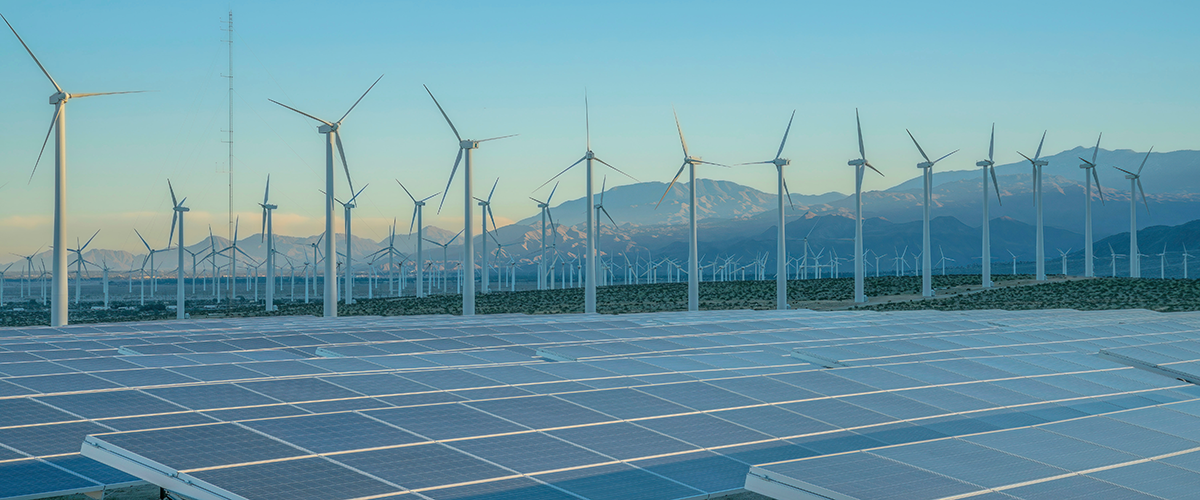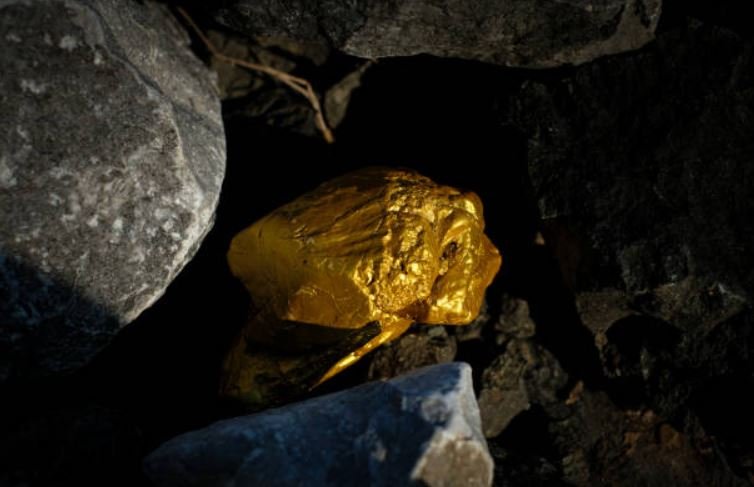Uganda, known as the “Pearl of Africa,” is home to exceptional biodiversity and stunning landscapes, including Lake Victoria, the world’s second-largest freshwater lake.
The country is also rich in natural resources that significantly impact its economy and livelihoods. Uganda’s fertile soils support agriculture, which employs over 70% of Ugandans and accounts for 27% of its GDP.
Uganda also has valuable mineral resources, including gold, copper, cobalt, and limestone, though these remain underused.
The Albertine Graben region has considerable oil reserves. Forests and wetlands are essential for biodiversity and tourism, but they face deforestation and degradation, costing the nation around 17% of its GDP each year.
READ ALSO: Zambia’s Natural Resources: Locations, Discoveries,Export Potential, And Economic Impact
Uganda’s Natural Resources And Their Locations
Here are resources that have been discovered in Uganda, including their locations:
| Natural Resources | Locations |
|---|---|
| Oil | Albertine Graben (Hoima, Buliisa, Nwoya) |
| Gold | Bushenyi, Kabale, Kanungu, Rukungiri |
| Iron Ore | Kabale (Muko), Kisoro (Butare) |
| Copper | Kilembe (Kasese), Bobong (Kasese) |
| Cobalt | Kasese, Ntungamo (Kafunjo) |
| Vermiculite | Tororo (Sukulu) |
| Gypsum | Bundibugyo (Kibuku), Kiruhura (Lake Mburo) |
| Pozzolana | Fort Portal, Kabale-Kisoro |
| Asbestos | Various districts (e.g., Bushenyi, Kasese) |
| Magnesite | Karamoja (Lolukei) |
| Manganese | Western region (Isandara, Kirongo) |
| Nickel | Kasese, Ntungamo (Kafunjo) |
| Platinum Group Minerals | Moroto (Nakiloro) |
| Chromite | Moroto (Nakiloro) |
| Uranium | Identified in several regions (no specific extraction sites) |
| Diatomite | West Nile (Panyango, Alui) |
| Feldspar | Kanungu (Bulema), Rukungiri (Bugangari) |
| Topaz | Mubende (Lunya, Mpuywi) |
| Garnet | Karamoja |
| Graphite | Nebbi (Zeu), Kitgum (Matidi) |
| Kyanite | Acholi, West Nile, Rukungiri (Ihunga) |
| Potash | Kanungu, Hoima |
| Talc | Kasese (Kisinga), Bushenyi (Tega-Manengo) |
| Zircon | Moroto (Sukulu), Karamoja (Kalere River) |
| Bentonite | Mt. Elgon (East), Butiaba |
| Salt | Kasese (Lake Katwe) |
| Limestone | Kasese (Hima, Dura) |
| Wetlands | Different catchments (e.g., Albert Nile, Lake Victoria) |
Uganda’s Natural Resource Discoveries
The mining industry in Uganda began to develop in the early 20th century. In the 1920s, exploration for tin and tungsten began in southwestern Uganda.
Gold mining followed in the 1930s near Busia, with small-scale operations benefiting local economies. A key development during this period was the discovery of the Kilembe copper mine in Kasese, which became the largest and most productive mine in Uganda.
The Kilembe mine, operated by Kilembe Mines Limited since 1950, produced copper and cobalt until its closure in the 1980s due to economic and environmental challenges.
Oil exploration in Uganda began in the 1920s when local people near Kibiro reported oil seepages. Government geologist E.J. Wayland documented these findings in the Albertine Graben region.
The first deep well was drilled in 1938 at Butiaba, though exploration stopped during World War II. In the 1980s, oil exploration resumed, with aeromagnetic data acquisition followed by geophysical and geological surveys.
The first seismic data was collected in 1998, leading to significant discoveries in the early 2000s. In 2006, Hardman Resources (now Tullow Oil) discovered commercially viable oil reserves in the Albertine Graben, estimating over 6.5 billion barrels of oil by 2014.
This discovery was a game-changer for Uganda’s economy, with projections suggesting annual oil revenues of up to $2 billion for the next 30 years.
In 2022, notable gold discoveries were reported, potentially making Uganda one of the world’s most gold-rich nations, with reserves estimated at 31 million metric tons.
READ ALSO: Sudan’s Natural Resources: Locations, Discoveries, Viability, Export Potential, And Economic Impact
Viability Of Uganda’s Natural Resource
Uganda’s oil reserves, estimated at 6.5 billion barrels, rank among the country’s most valuable resources. Of these, around 1.4 billion barrels are economically recoverable. The majority of these reserves are located in the Albertine Graben region, near the Democratic Republic of Congo border.
At peak production, Uganda is expected to produce 240,000 barrels per day starting in 2025, potentially generating $2 billion annually for 30 years.
This could push Uganda’s GDP growth into double digits by 2025/2026, with projections reaching 10.8%. However, progress has been hindered by delays in commercial production due to disputes over development strategies and infrastructure gaps.
Only 72 of the planned 457 wells in the Tilenga and Kingfisher fields have been drilled, and securing funding for critical infrastructure, such as the $4.5 billion refinery and the 1,445 km East African Crude Oil Pipeline (EACOP), is a challenge.
Uganda also has significant gold deposits, with recent discoveries estimating 31 million metric tons of gold ore, valued at $12 trillion.
These deposits are across Karamoja, Busia, and other regions. If fully developed, gold mining could substantially increase Uganda’s export revenues, with companies like Wagagai Mining already operating in Busia.
Agriculture is still an important sector in Uganda’s economy, employing over 70% of the population and contributing around 27% to the GDP.
The country has substantial potential for expanding agricultural exports, including coffee, tea, and fish products. Minerals like copper, cobalt, iron ore, and vermiculite also abound, but most are underexploited.
Export Potential Of Uganda’s Natural Resource
Uganda is rich in natural resources, with oil, minerals, and agricultural products offering substantial export potential. These resources can contribute to foreign exchange earnings and economic growth.
Key Exportable Resources
Oil exports, facilitated by the East African Crude Oil Pipeline (EACOP) from Hoima to Tanzania, are expected to generate $2 billion annually.
Gold exports have gained attention due to valuable discoveries worth around $12 trillion, with ongoing mining operations by the Wagagai Mining Company in Busia.
Uganda is Africa’s leading coffee exporter and the second-largest producer globally, with 2022 exports of 5.9 million 60-kilo bags valued at $877 million.
The government aims to increase production to 1.2 million tons annually by 2025, focusing on quality and value addition.
In 2022, Uganda exported tea worth $88.36 million via Kenya’s Export Auction System. There’s potential for growth through direct international sales.
Fish from Lake Victoria also contribute to foreign exchange earnings, though overfishing and environmental challenges threaten sustainability.
Agricultural And Mineral Export Opportunities
Agriculture, accounting for 35% of export earnings and employing 68% of the population, has potential, though infrastructure and post-harvest losses limit its growth.
Mineral exports, including copper, cobalt, and limestone, are becoming more valuable, especially cobalt for its use in electric vehicle batteries. However, Uganda exploits only 62% of its export market potential.
Economic Impact Of Uganda’s Natural Resource
Uganda’s natural resources have impacted its economic development, GDP growth, employment, foreign exchange earnings, and poverty alleviation.
Contribution To GDP
Agriculture is the backbone of Uganda’s economy, contributing around 27% to the GDP and engaging 72% of the population. It also makes up 46% of exports, with coffee generating $877 million in revenue in 2022 alone.
However, the sector’s potential is limited by inadequate access to inputs and land degradation, which causes an annual loss of up to 27% of GDP.
The mining sector, while currently contributing about 1% to the GDP, has significant growth prospects. Oil reserves in the Albertine Graben are expected to generate $2 billion annually once production starts in 2025. The ongoing oil-related construction boom has already boosted GDP growth to 6% in FY24.
Employment
Natural resource sectors provide employment. Agriculture employs over 68% of Uganda’s population, mainly in rural areas. Artisanal mining offers income to thousands, particularly in gold-rich regions such as Busia and Karamoja.
Additionally, Uganda’s tourism, driven by its forests, wetlands, and national parks, generated $1.6 billion annually before the COVID-19 pandemic.
Foreign Exchange Earnings
Natural resources contribute greatly to Uganda’s foreign exchange earnings. Major export commodities include coffee, tea, fish, and gold.
Gold exports resumed after regulatory disruptions in 2020. The East African Crude Oil Pipeline (EACOP), set to begin operations in 2025, will facilitate global oil exports.
Poverty Reduction
Communities near mining areas benefit from artisanal mining income, while agriculture supports rural households. However, poverty is still a concern, with rates rising from 20% in 2012/13 to 27% in 2016/17 due to resource mismanagement and environmental damage.

